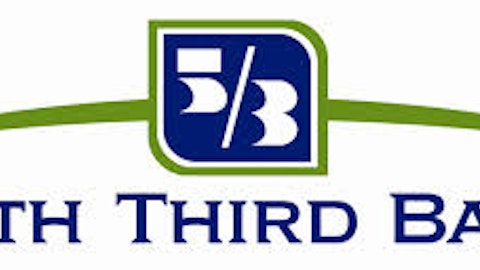Byrnes: One of the things that surprised me about the book is you talked about the college bowl games, which were actually described as non-profit entities as well, despite the multi-million dollar contract with ESPN, through Disney there.
Why are they allowed to do that and still make a profit? Do you see any signs of this changing in the future?
Stern: They’re allowed to do it because no one’s watching. The IRS, which is the exclusive entry point to become a tax-exempt charity, approves 99.8% of all applications to be public charities. If you have a form, you have a pen, and you have a stamp, with a small check you can start a charity, essentially today.
The results are, not surprisingly, a lot of charities don’t really look like charities. The bowl games, the organization that governs the US Open golf tournament, roller derby, beer festivals are all actually organized as charities.
The bowl games are, to me, a stand-out example of that. They are really, essentially large-scale parties with large contracts with TV organizations. They have standing committees on (inaudible), they put on cruises, they entertain the commissioners and big sponsors. That’s what they’re about — nothing to do with charitable purposes as people ordinarily know it.
Byrnes: You talk about these deep structural flaws in the charitable sector. What are these flaws, and how do you think they can be addressed the best way?
Stern: Once we cut below the issue of the uncharitable charity, what I found was that a lot of charities are either ineffective — actually there’s data to show they’re ineffective, or in some cases even harmful — or most charities actually don’t know, one way or the other, whether they’re effective or not.
In part they don’t know because their donors don’t care. Charities are subject to the same market mechanism as any sort of business, and the donors really don’t focus on effectiveness; that’s individual donors, that’s government donors.
Americans are actually quite generous with donations to charity — on average about $2700 per household per year. It’s a lot of money, but they spend virtually no time assessing the charities they donate to. They’re not investors.
Until they start focusing on who they’re donating to and whether those charities are actually effective in terms of service to their stakeholders, the charitable system is going to be one that’s more described by narrative than it is by results.
Byrnes: Let’s talk about companies giving to charity. According to the Chronicle of Philanthropy, Wal-Mart Stores, Inc. (NYSE:WMT), Goldman Sachs Group, Inc. (NYSE:GS), Exxon Mobil Corporation (NYSE:XOM), Wells Fargo & Co (NYSE:WFC), and Chevron Corporation (NYSE:CVX) were the top five that gave the most cash to charities in 2011. What do you think is the main reason for them to do this? Is it self-serving, or do you think there are other purposes overall?





